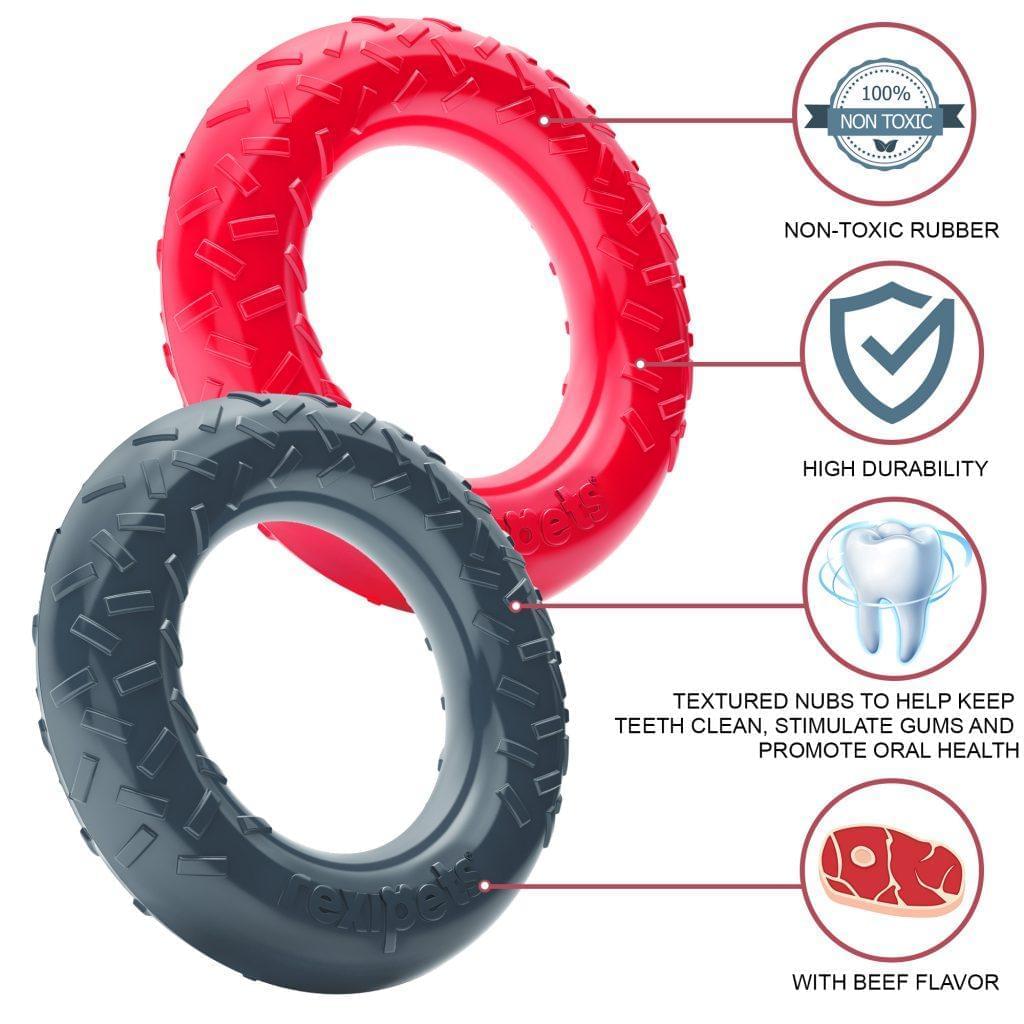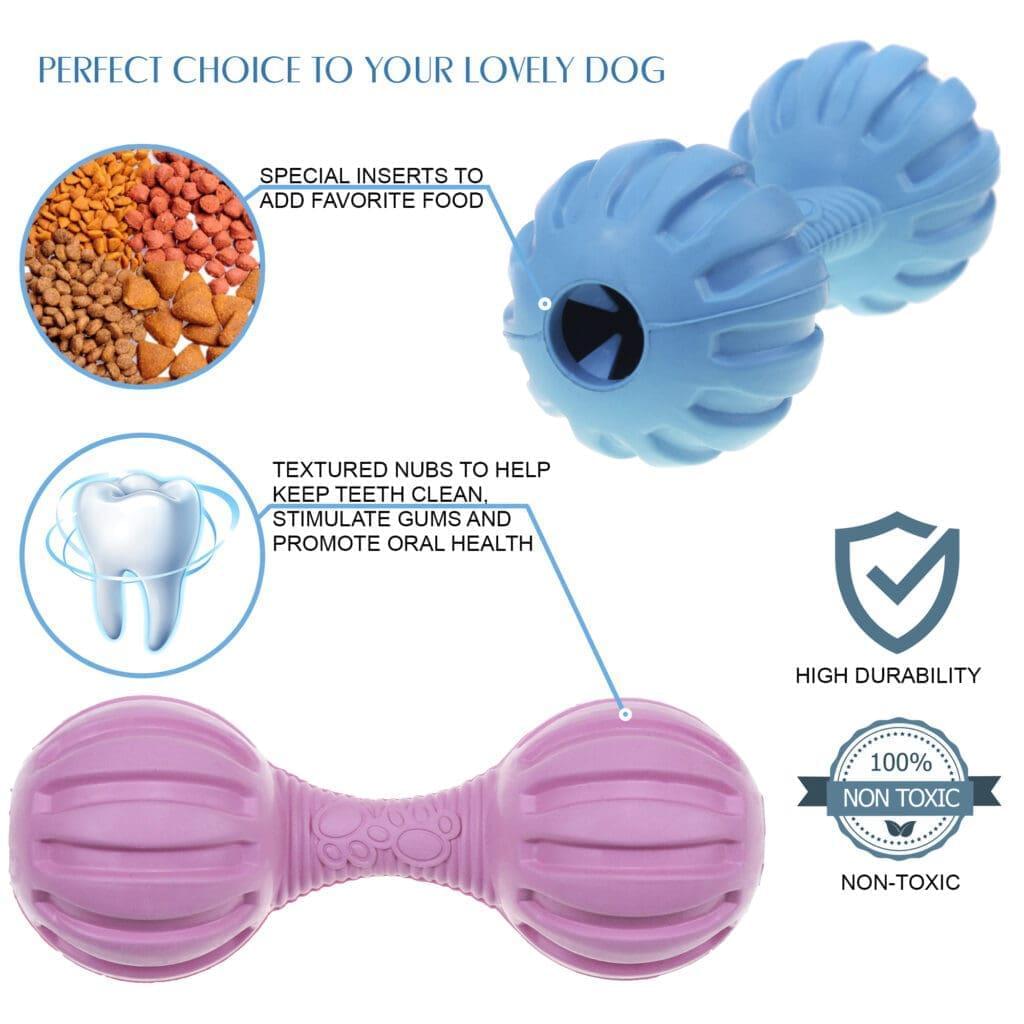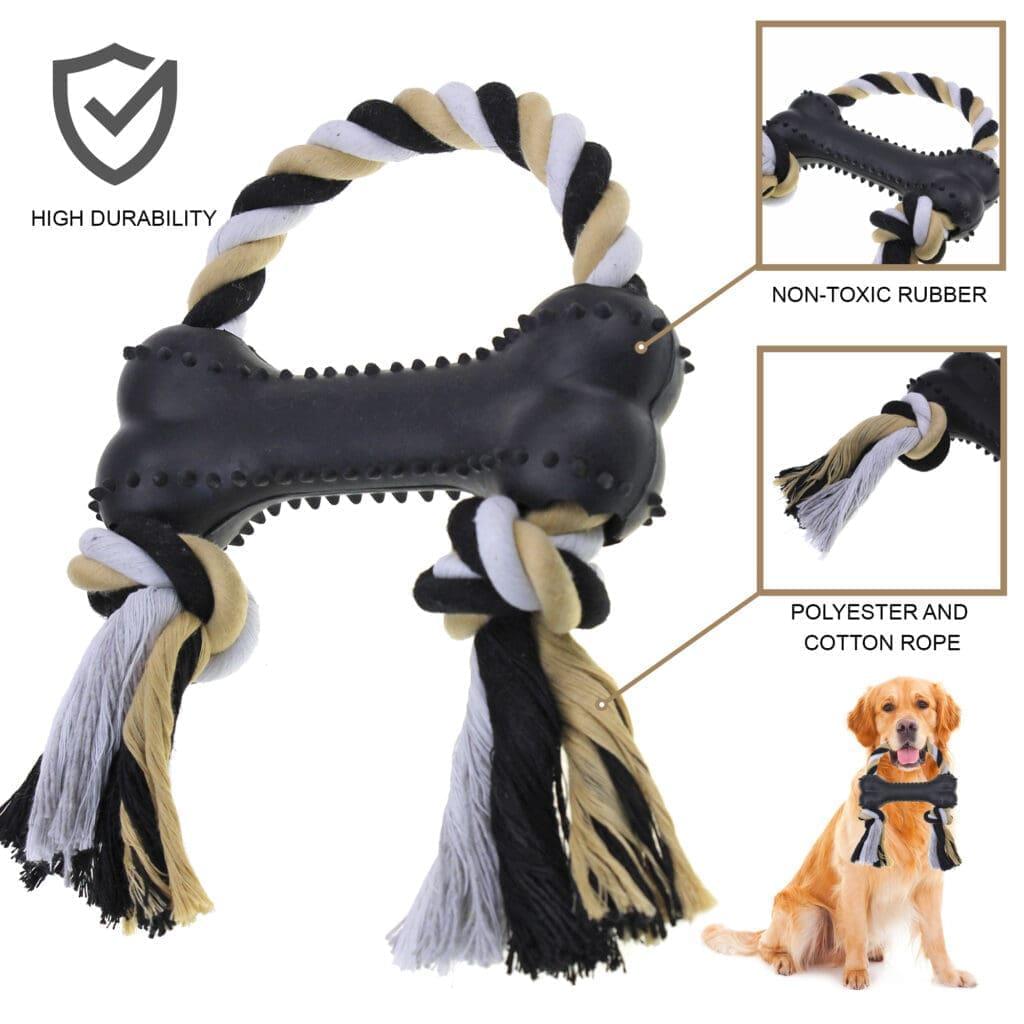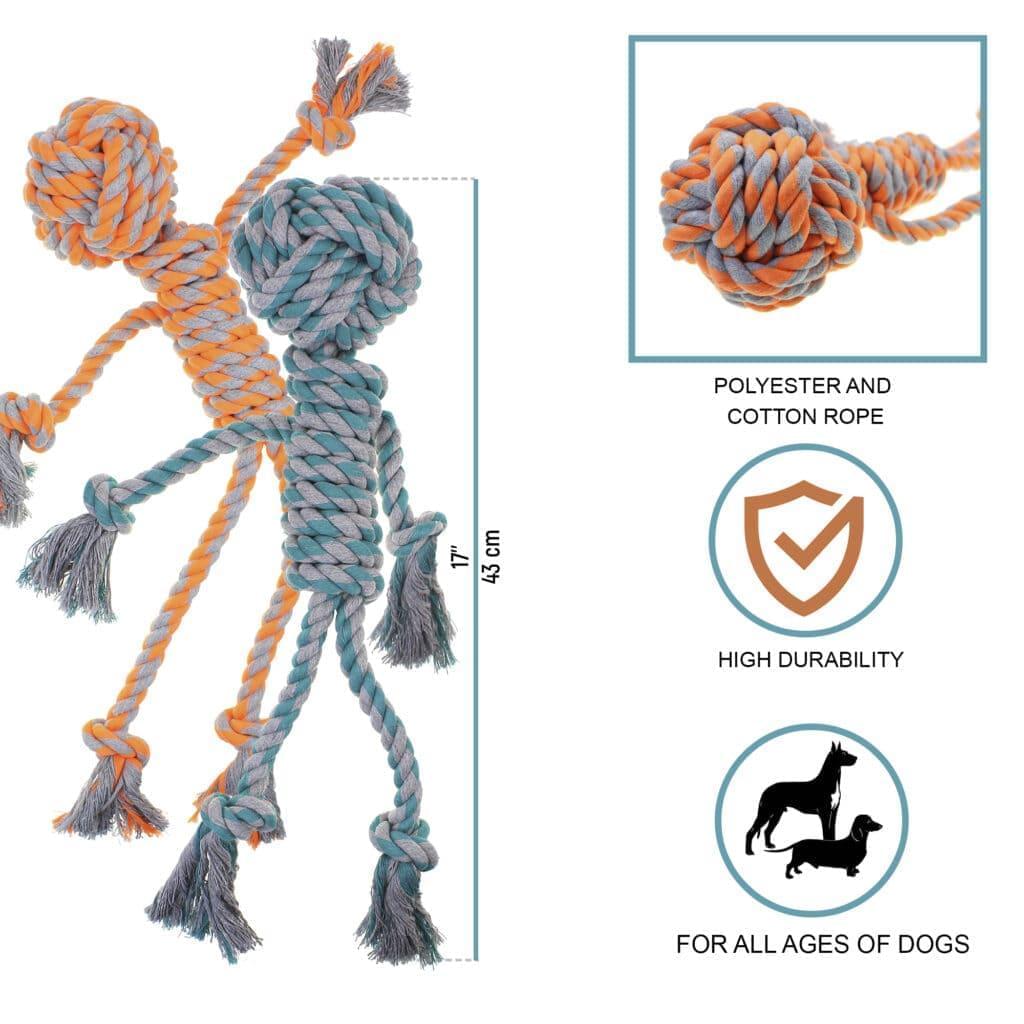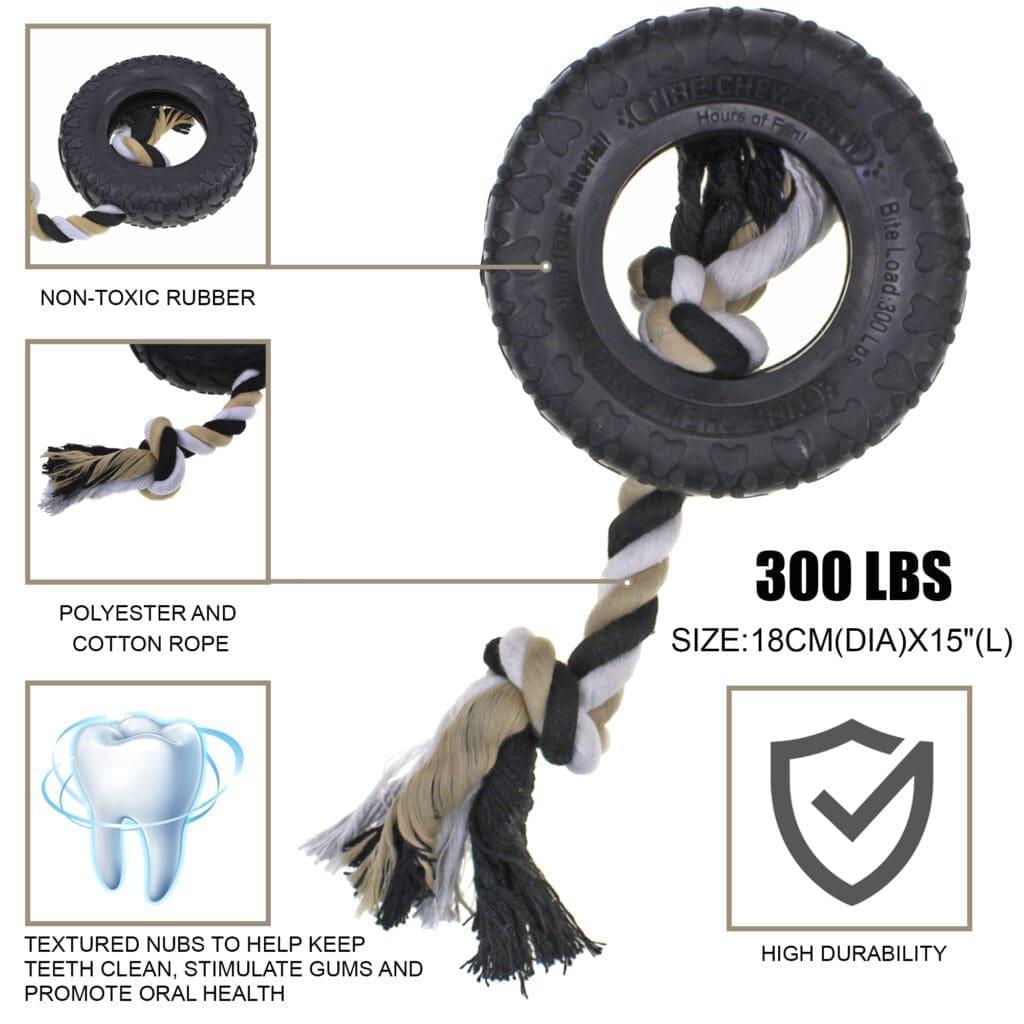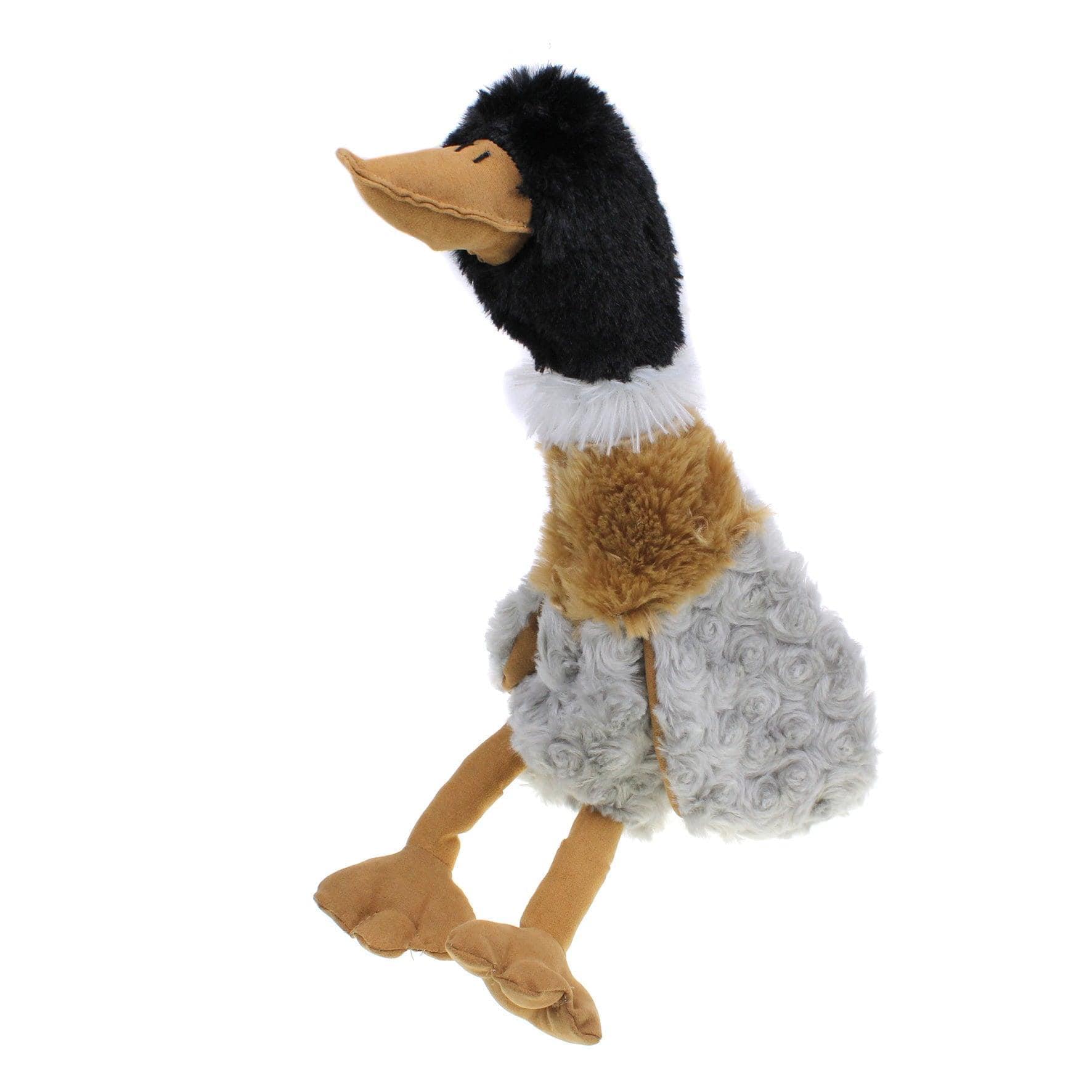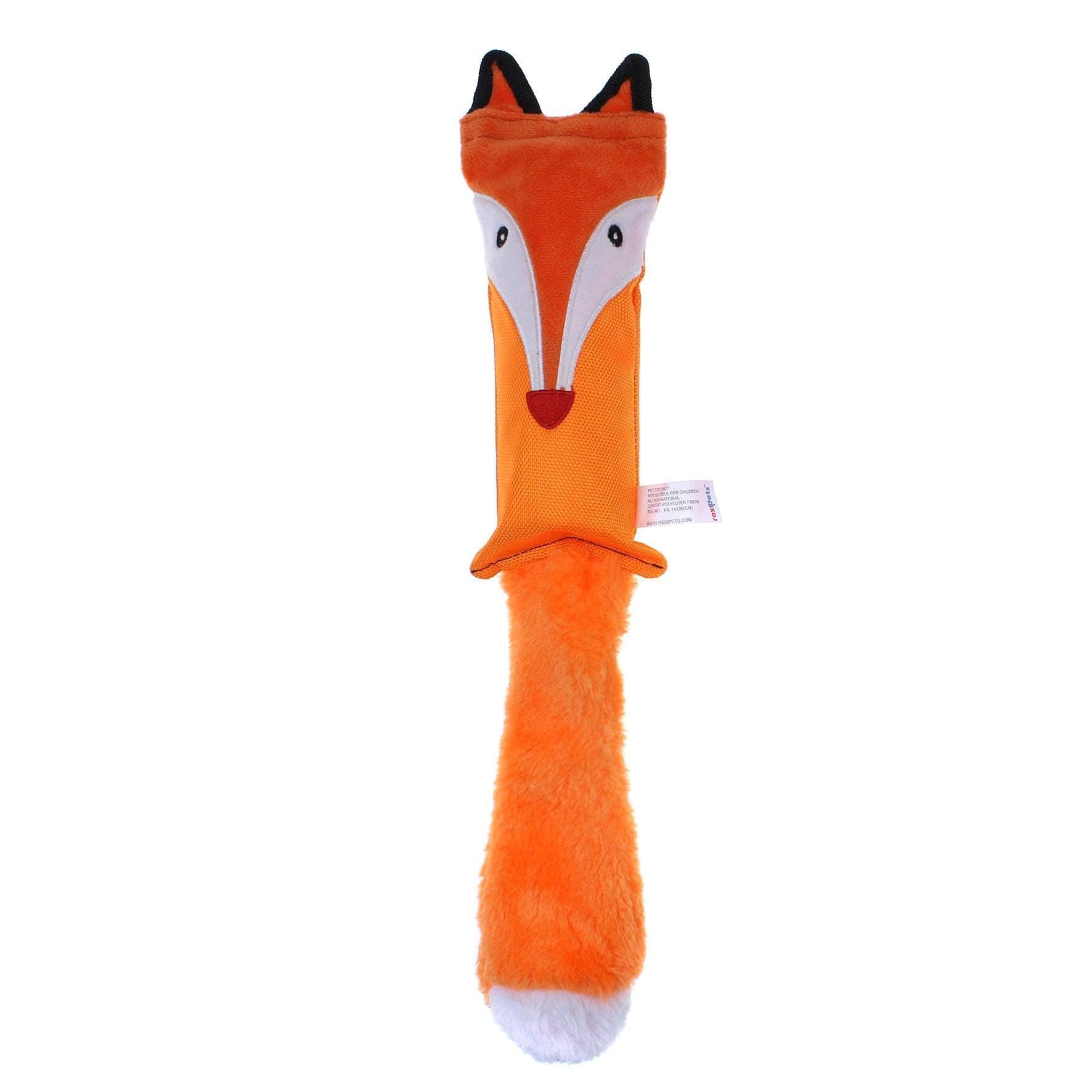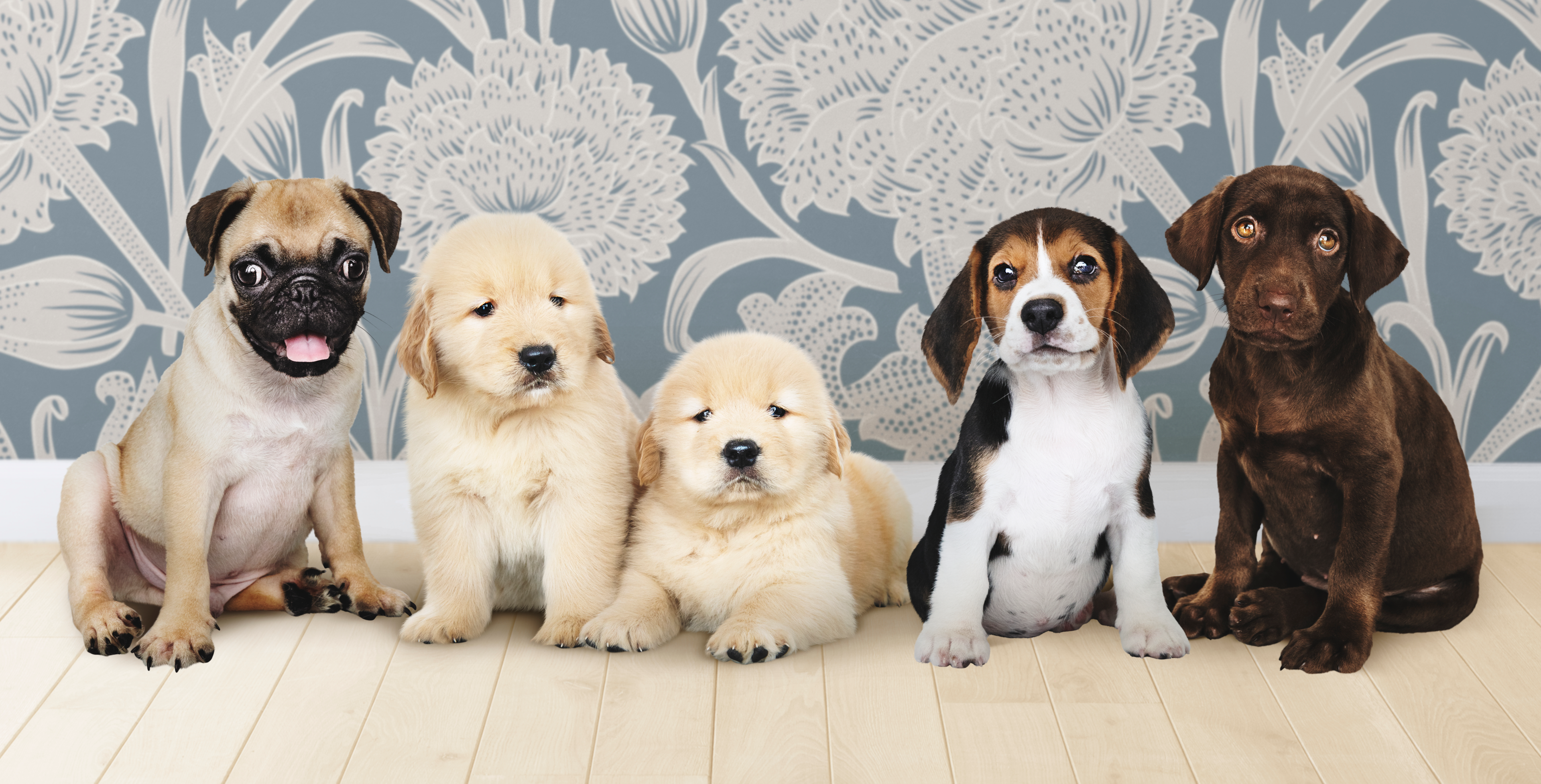
Are you ready to welcome a new furry bundle of joy into your home? Bringing home a new puppy is an exciting and heartwarming experience, but it also comes with a set of responsibilities.
To ensure a smooth transition for both puppy parents and their new four-legged friend, having a comprehensive checklist is key.
In this article, we'll guide you through the essential items and preparations with our 'New Puppy Checklist.' From must-have supplies to crucial training tips, pet parents are covered on all fronts.
Let's embark on this journey together and ensure your new puppy feels right at home.
New Puppy Checklist
Let's look at all the puppy supplies essential for welcoming a new furry family member into your home.
-
Puppy-proofing
The first plan of action for new puppy parents when it comes to adopting a puppy is to puppy-proof in the new home to avoid unfortunate accidents.
Lock away any harmful items like household cleaners, chemicals, and glue. Remove plants that are toxic to dogs, like Snake Plants. Keep all medications securely stored. Assume any non-prescribed medication is poisonous for your puppy.
Cover electrical cords, trash bins, and bags to prevent exploration and ingestion by your new puppy. Watch out for sugar-free gum, a highly toxic substance for dogs.
Create safe areas with baby gates and crates to protect your pup and provide comfort during stressful situations. This will help keep your new puppies secure.
-
Collars
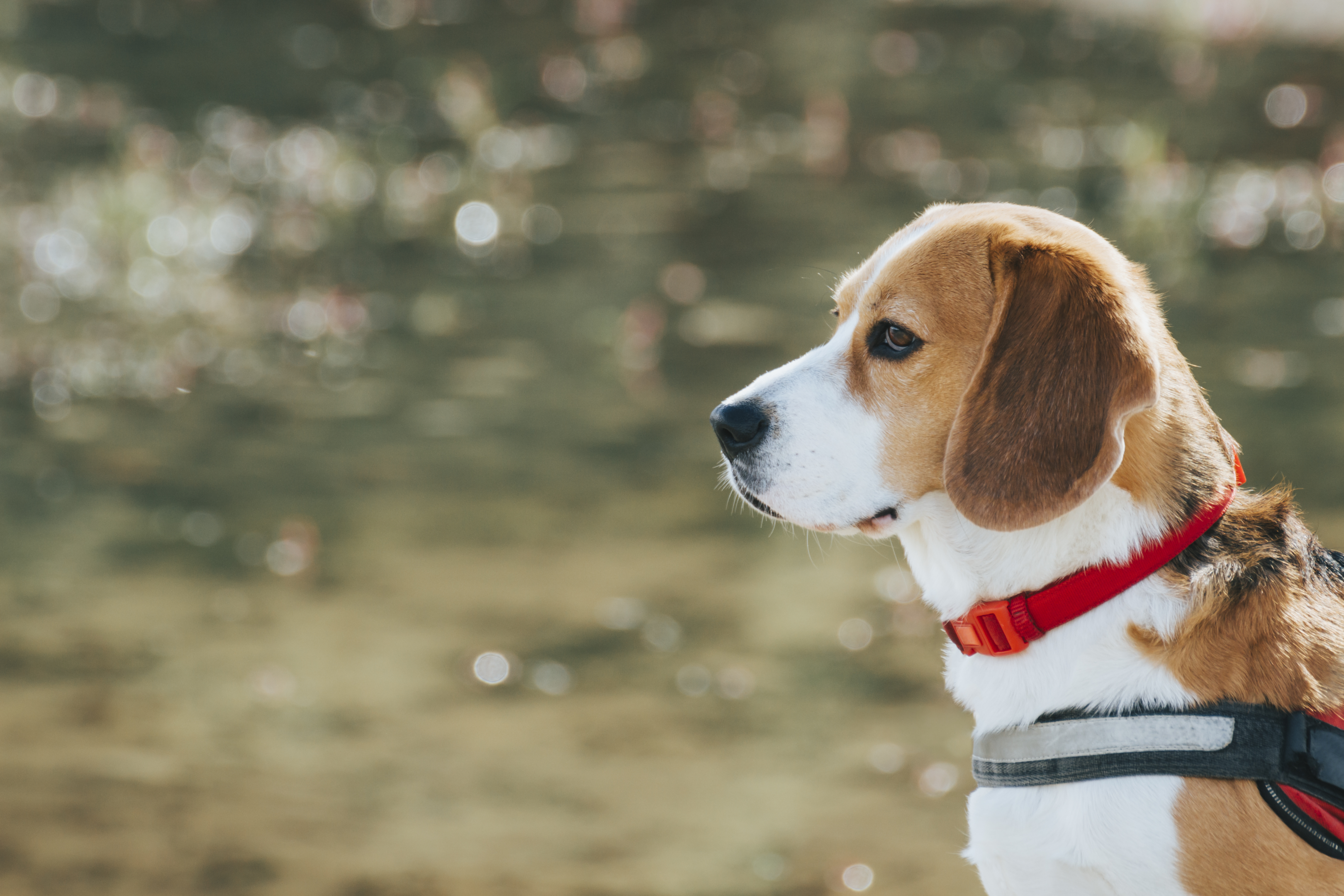
Nowadays, collars serve more of a decorative purpose. Many professionals recommend using a dog harness instead of a collar for walking your dog, as it's considered safer. If you're going to be a dog trainer as well for your puppy then consider the harness.
A dog's collar comes in handy when your dog must be without a harness, such as during doggy daycare or a grooming session, but still requires identification information. Invest in an adjustable collar so that you can adjust it as your dog grows.
-
Comfortable Training Harness

You need to add one adjustable dog harness to your checklist to give your puppy room to grow. Selecting the right harness for your new puppy can enhance the safety and enjoyment during walks and training sessions.
However, over-the-head harnesses can be intimidating for small pups. To avoid these negative associations, toss treats on the floor and slip the harness over your pup's head from a low position rather than from above their heads.
-
Puppy food

Make sure you have enough food for your new puppy. Pick dog food that says it's good for growth or all life stages on the label.
It's smart to ask your vet for advice on what food is best for your furry family member. They can make sure your dog gets the right calories and nutrients.
If your puppy will be a big dog when they grow, like 50 pounds, they might need special large-breed dog food, so stock up accordingly.
-
Dog treats
Building a strong connection with your puppy involves bonding over tasty treats, a crucial aspect of their upbringing. Using training treats helps in teaching your dog good manners and behavior, creating a positive learning experience.
However, it's essential to be careful when offering human foods as treats, as puppies often have sensitive stomachs. Opt for small treats or ones that can be easily broken into smaller pieces.
This approach allows you to offer frequent rewards without the risk of overfeeding, maintaining a healthy balance in your pup's diet while reinforcing positive habits during training sessions.
-
Leash
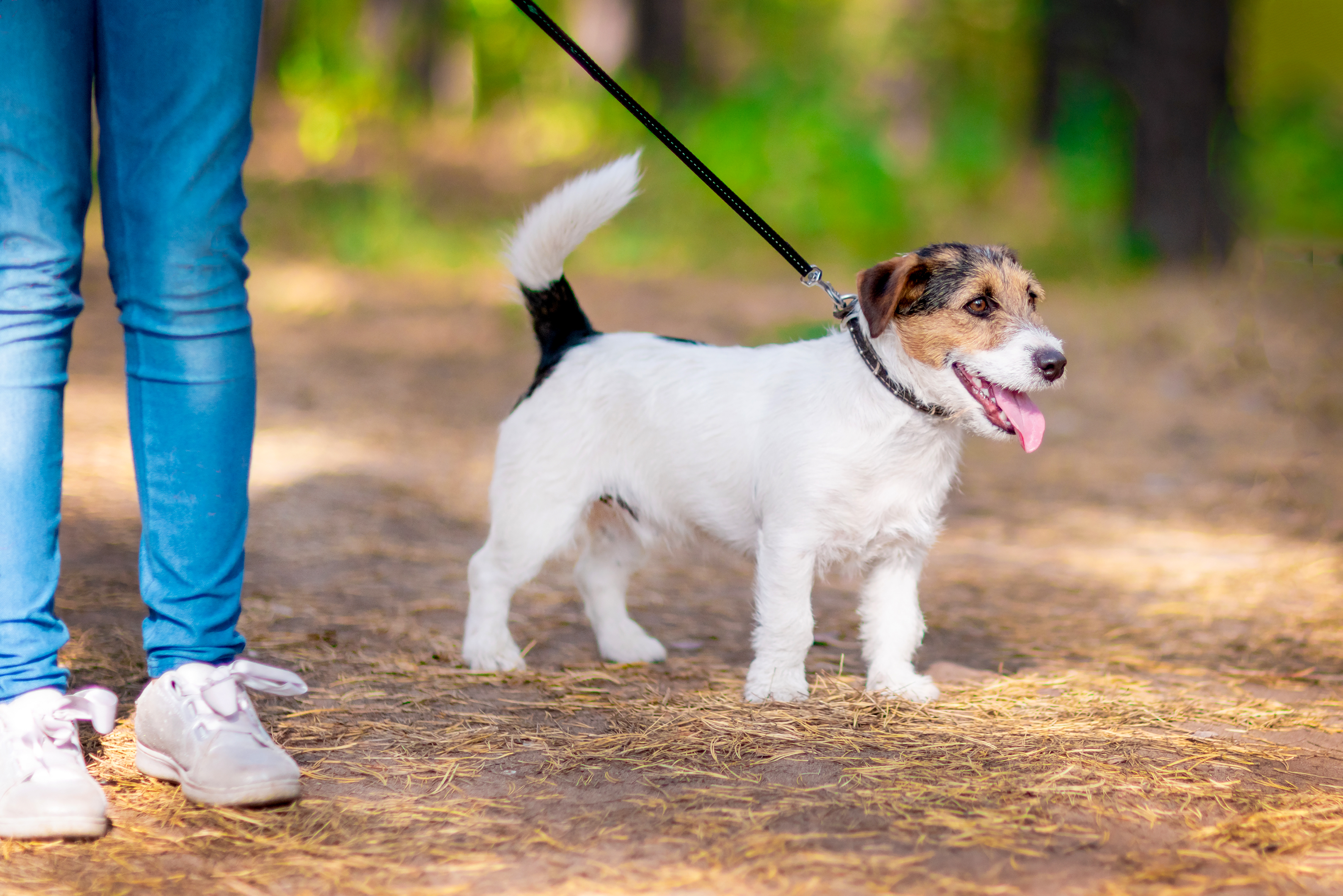
Every dog leash is unique, just like every puppy. Some puppies like to chew, others pull, and some need to stay close to avoid mischief.
Choosing the right leash is a crucial item as it is one of the puppy essentials.
-
Food and Water bowls
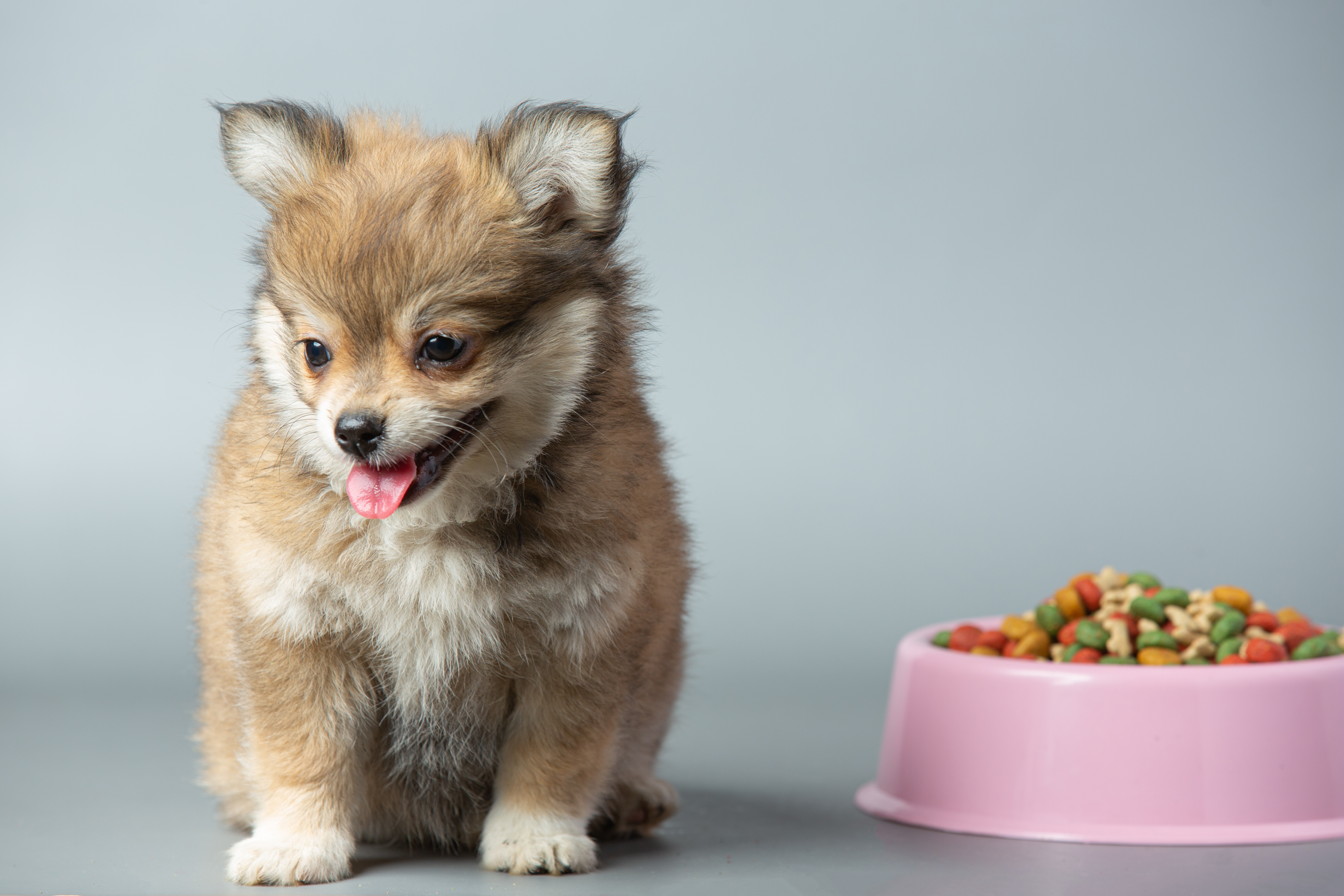
Carrying large pet bowls can be challenging, so it's wise to have a bowl for home use and another for when you're on the go. Bowls designed for home use are available in various materials, heights, and styles. For puppies, a shallow bowl with a non-slip base is typically recommended.
On-the-go dog bowls typically fall into two categories: collapsible bowls and dog water bottles. Both options are lightweight and portable, making them convenient for walks, hikes, or trips to the park.
Having these travel-friendly bowls ensures that your furry friend stays well fed and hydrated, no matter where your adventures take you.
Also, make sure you get the right dog food.
-
Toys

The well-being of your new puppy involves offering both physical and mental stimulation. Engage their mind with activities like puzzle dog toys and training exercises to keep them sharp and interested.
Physical activities, including fetch toys for dogs, are vital for burning off
thatexcess energy and maintaining their physical health.Feel free to explore toys with different sounds and textures for your puppy. Many enjoyable options produce crinkles, squeaks, and funny noises, adding excitement to playtime. These squeaky plush dog toys are fun for new puppies.
Ensure your puppy's safety by avoiding excessively hard toys or toys that can pose a choking hazard. Regularly check for any loose parts, strings, or damaged squeakers and promptly swap out worn-out toys.
Moreover, keep a close eye on your puppy when introducing new toys to prevent tearing and ingesting parts of it.
Similarly, monitor household items like socks, as puppies may mouth them during teething. Only allow them to chew on items that are 100% digestible or specifically made for chewing, like the variety of dog chew toys available on the Rexipets website, to avoid any issues.
By incorporating a balanced mix of these activities and toys, you contribute to your puppy's happiness and health. Thus, helping you foster a strong and positive connection between the two of you.
-
Crates
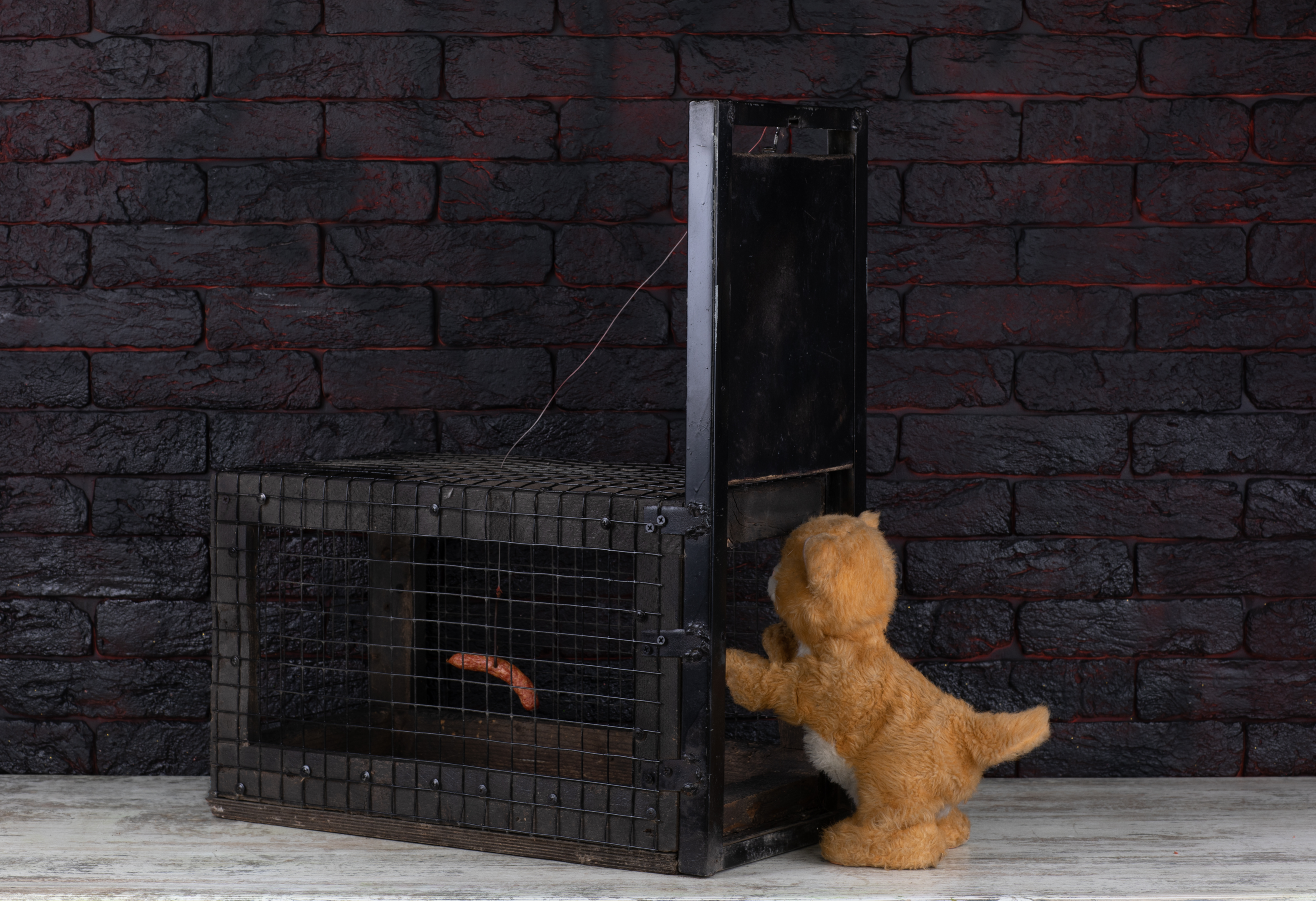
Making your home safe for your puppy involves using gates, playpens, and crates. When picking a crate, make sure it's the right size for your puppy.
For crate training, aim for a size that allows your puppy to sit, stand, turn around, and lie down comfortably. Some crates come with dividers for adjusting as your puppy grows.
Additionally, look for a dog's crate that is collapsible and has a leak-proof removable tray for easy cleaning.
-
Dog bed
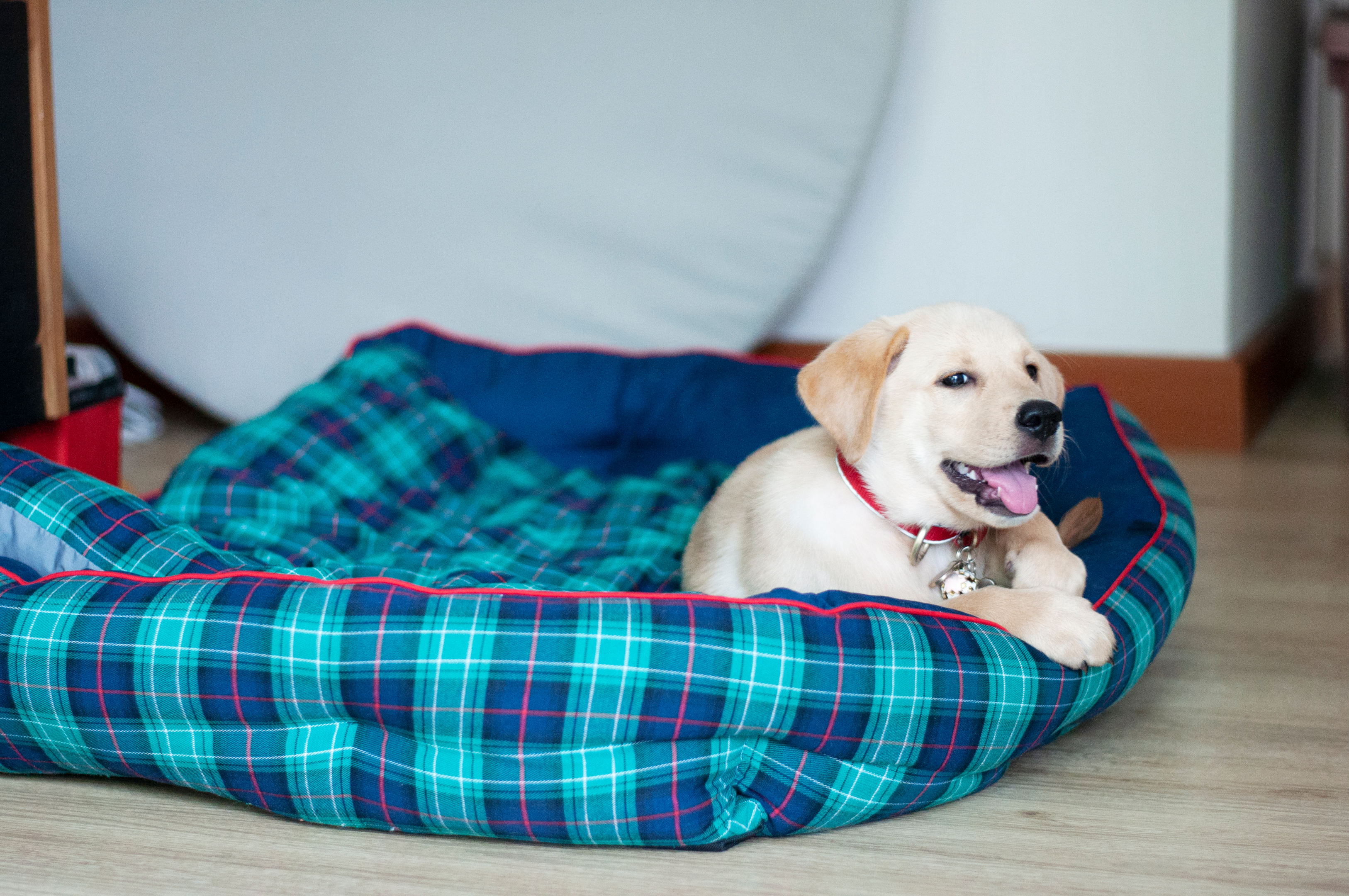
Don't forget to include a cozy bed for your new pup in your list of essential supplies. Make sure your puppy's sleeping area is a calm space, free from distractions.
When selecting a bed, consider factors like durability against puppy teeth, and easy cleaning for accidents that are bound to happen.
Moreover, the size needs to be suitable for your puppy's frame, and the design should be based on your dog's preferences. For instance, if your puppy likes to curl up, a round donut bed could be a great choice.
As your puppy grows, be attentive to their comfort. If they can no longer stretch out or get cozy in their bed, it's a signal to upgrade to a larger size.
Providing a designated and comfortable sleeping space helps your puppy establish a sense of security and independence.
-
Puppy pads
Puppy pads are used to attract puppies with a scent, prompting them to use them for bathroom purposes. They help avoid accidents that may occur in your living spaces. They come in handy for puppy owners in tall buildings who might not have immediate access to the outdoors.
Ideally, you should gradually shift the puppy pad closer to the door you'll use to take your puppy outside as part of the training process.
-
Microchip
A microchip is a tiny electronic device, approximately the size of a grain of rice, placed beneath your dog's skin. It holds a unique identification number specific to your dog, connected to your details like name, address, and phone number.
In case your dog goes missing, a vet or animal shelter can easily use a scanner to read the microchip and reach out to you, facilitating the safe return of your pet, even if their collar is absent.
-
Poop bags
Poop bags are essential items for puppy parents. Picking up the dog poop is the responsibility of the puppy's parents, as it can cause a great deal of inconvenience to others.
Moreover, having a dispenser and holder can keep everything organized, preventing you from panicking to find a bag when you need it the most.
-
Nail clippers
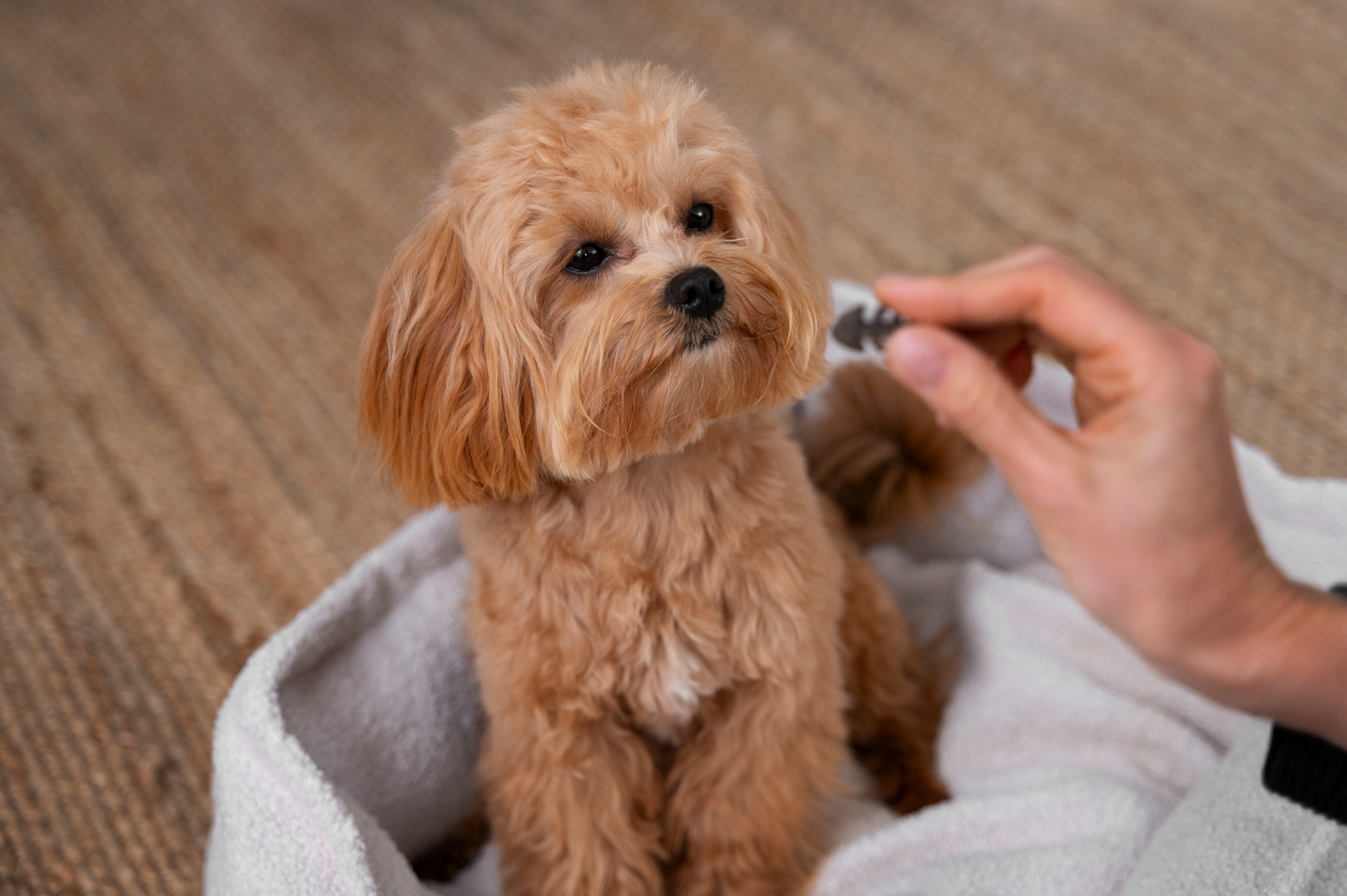
Nails care for dogs is another important thing for pet owners. Keeping your dog's nails short reduces the likelihood of them hurting themselves or you. Besides, if a dog's nails get too long, it can lead to discomfort over time.
Ensure your dog's nails are well maintained and use a suitable dog nail clipper. Just be cautious not to clip them too short.
-
Dog shampoo
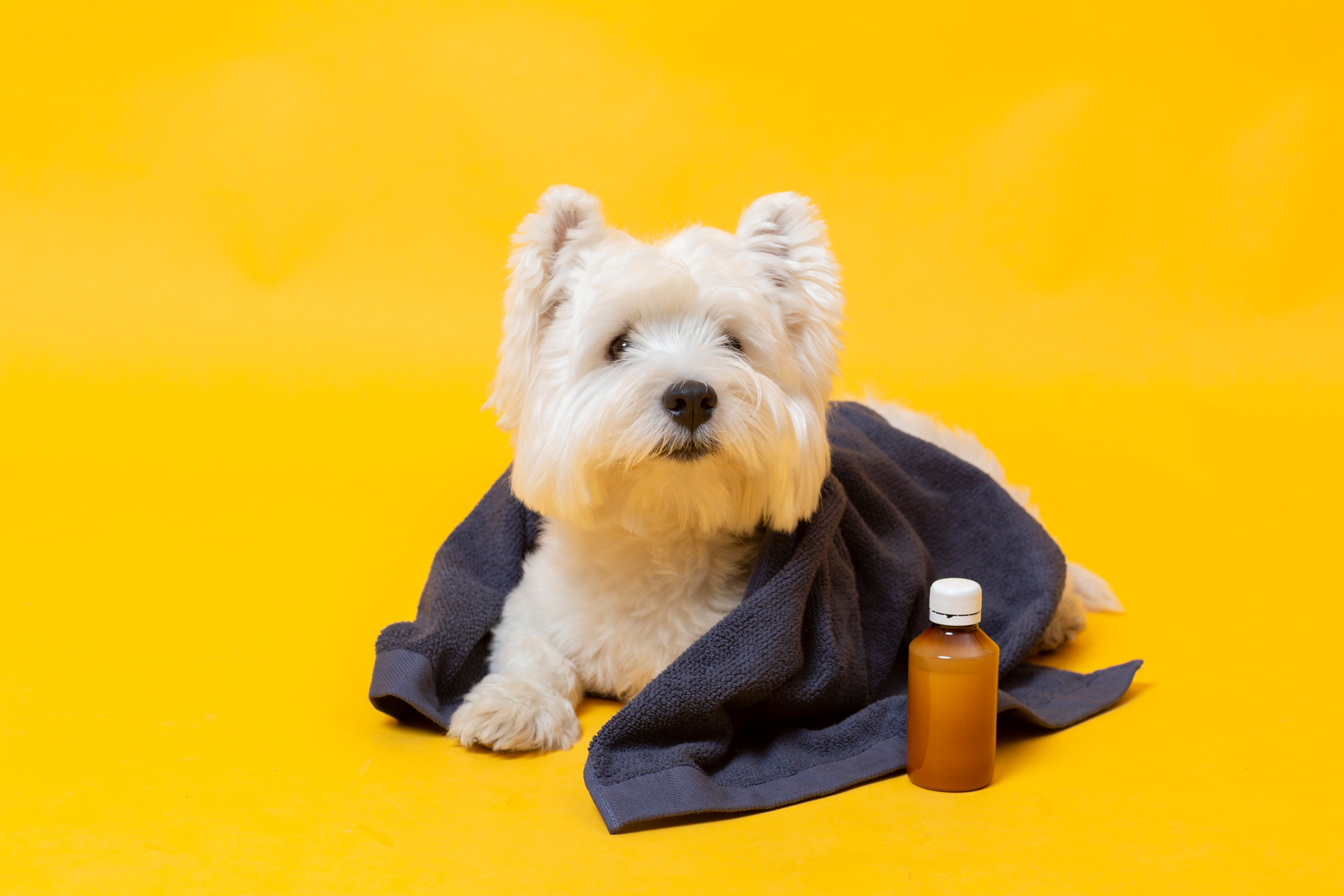
Dog shampoo is essential for puppies to keep their coat clean and healthy. Choose a mild, puppy-specific formula to ensure it's gentle on their sensitive skin.
How often you bathe your dog depends on their breed, but usually, it's good to give them a nice bath about once a month.
-
Dog brush

Whether your dog sheds a lot or not at all, having a good comb or brush is essential for their grooming. It's usually recommended to brush your dog right after a bath to get rid of all the loose hairs.
For short-haired pups, combing your dog's hair every few days is a good practice to reduce shedding.
-
Dental supplies

Get a dog toothbrush, dog toothpaste, and dental chews for your pet. The American Veterinary Medical Association says that by age 3, 80% of dogs and 70% of cats have some gum issues, which can lead to big health problems.
Using a toothbrush and dog-friendly toothpaste without fluoride and xylitol (which can hurt dogs), plus giving them dental chews, helps make their teeth better and can make them be healthier and live longer.
Final Words
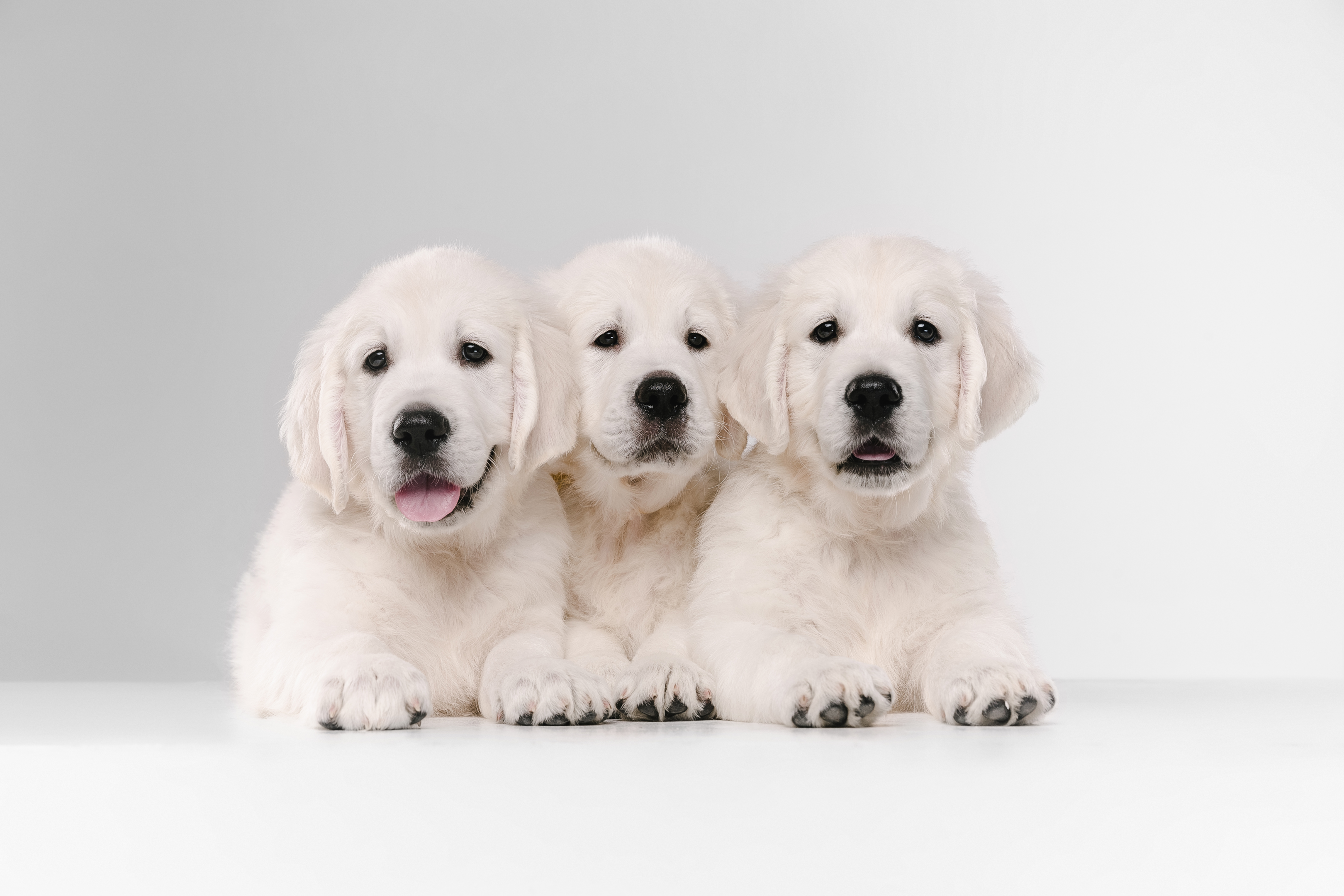
Welcoming a puppy into your home as a new puppy parent is a joyful experience, but it comes with a lot of responsibilities.
The New Puppy Checklist is a comprehensive guide, covering essential supplies, training tools, and safety measures. This helps ensure an easy transition for both pet parents and their furry companions.
From health and grooming essentials like nail clippers to supplies needed to create a stimulating environment, like a dog chew toy, this checklist has everything pet owners need to provide the best care and nurturing for their new family members.
As you embark on this journey, remember that patience, love, and a well-prepared home are the keys to building a strong and lasting bond with your adorable new puppy.









